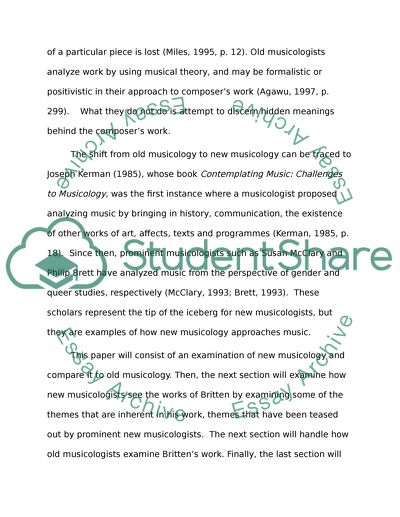Cite this document
(“Benjamin Britten Essay Example | Topics and Well Written Essays - 5000 words”, n.d.)
Retrieved from https://studentshare.org/music/1420855-benjamin-britten
Retrieved from https://studentshare.org/music/1420855-benjamin-britten
(Benjamin Britten Essay Example | Topics and Well Written Essays - 5000 Words)
https://studentshare.org/music/1420855-benjamin-britten.
https://studentshare.org/music/1420855-benjamin-britten.
“Benjamin Britten Essay Example | Topics and Well Written Essays - 5000 Words”, n.d. https://studentshare.org/music/1420855-benjamin-britten.


